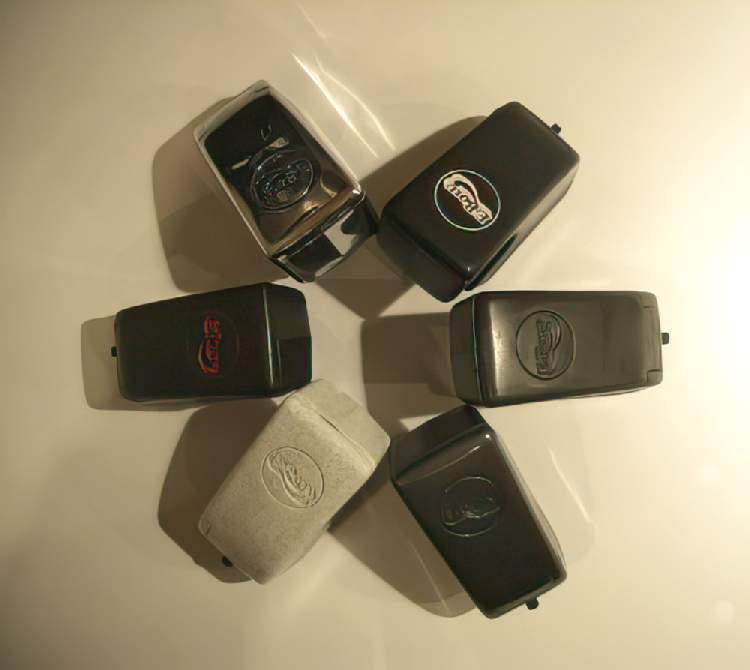User Manual
Introduction
Welcome to the world of Direct String Synthesis. The principle is simple: a focused feedback loop directed at a single string. This produces a powerful infinite sustain, rich in harmonics, for incredible guitar sounds. It's like amplifier feedback with greater control and predictability, at any volume, even through headphones. This hand-held synthesizer provides an impressive dynamic range with an amazing variety of textures and tonal slurs. It's virtually an instrument unto itself. Read the following instructions and listen to the accompanying audio lesson. You're sure to discover many unique effects of your own but we recommend that you develop the basics outlined here first.
Hear it:
Play across strings
How the EBow Works
Powered by a 9 volt battery, the EBow produces a magnetic drive field which in effect bows the guitar string. Emanating from the LED end of the DriveChannel, this field feeds directly into your guitar pickup when brought near it. For maximum drive, the bowed string should run down the middle of the DriveChannel and vibrate freely in this field. Just hold the EBow in place and fret the vibrating string with your left hand.
Hear it:
Sustain (tilit)
Opening Tips
The EBow dramatically increases the guitar signal. Lower the volume and treble settings on your guitar, especially when first learning EBow technique. The EBow works best with the bass pickup (the one nearest the fretboard). All other pickups should be off. If your bass pickup is closer than 1/8 inch from the strings, it should be lowered just enough to avoid contact with the EBow foot. We recommend you use the standard mode to develop some basic technique on the center strings (ADGB) before proceeding to the outside E strings.
More Quick Start Tips here.
How to Hold the EBow
Begin at about half your normal picking volume with only your bass pickup on.
The EBow is usually played close to the bass pickup using the basic grip. You can rest the little finger of your right hand on the guitar, just below the high E string, for more control.


Switch Positions
The PlusEBow has two modes of play. The regular or standard mode favors the fundamental tones. The harmonic mode causes the string to vibrate with rich upper harmonics.
When playing the EBow with the basic grip, flip the switch up (toward the low strings) for the normal EBow sound. Switch it down (toward the high strings) for that high harmonic sound.
How to Position the EBow
The foot of the EBow has been carefully designed. The long GuideGrooves on either side of the DriveChannel rest on the two strings on either side of the driven string. These grooves guide the EBow into proper alignment so that the DriveChannel sits over and very near the string to be driven. This allows you to feel when the EBow is in the correct position. The blue LED shines directly on the driven string. The EBow does not touch the driven string. Just holding the EBow in place produces infinite sustain. You can feel the string vibrating under your fingertips, just as you can with amplifier feedback.
Alignment
The EBow should rest naturally on the strings with only a light pressure against them. In the basic position it should not be tilted, rocked up on one end or pressed down too hard.
These non-basic positionings are useful as well. Tilt the EBow to the side to lower the drive. Press harder for more drive or buzzing if you want that effect. Tilt the front down for the Energy Slide effect (discussed later).
Tilt the EBow backward and press down for Greg's special scale using the EBow as an illegitimate bridge.
Skews Me
Don't twist or wiggle the EBow out of alignment with the strings. The EBow will not drive the string if out of alignment.
Methods of Control
Proximity to the pickup controls volume and tone.
Proximity to the string controls how hard the string is driven.
Proximity to Pickup
The EBow's proximity to the pickup controls volume and tone for bowing and other effects. You can slide the EBow along the strings towards the pickup to increase the volume.
Proximity to String
The EBow's proximity to the string controls the drive, useful for horn sounds, rock sounds and a quicker response in the higher registers. Press the EBow against the support strings to bring it closer to the driven string to increase drive.
String Activation
When the EBow is placed into position, the string in the DriveChannel will begin to vibrate. For a faster response, add more pressure on the EBow (see Pressing). For the quickest response, tap the fretboard harder with your left hand or tap the EBow into position (see Spiccato). Moving the EBow across the strings activates each string as it leaves the EBow GuideGroove and enters the DriveChannel (see Cross-String Bowing).
Hear it:
Methods of controlGliding
When the GuideGrooves are in place on the SupportStrings, you can glide the EBow to and from the pickup along the strings. This controls dynamics (volume) and creates dramatic tonal changes.
Only your bass pickup should be on. As you glide the EBow toward the pickup, the volume increases and the tone brightens. For mellow sustain, back away from the pickup. For violin-like bowing strokes, glide the EBow toward the pickup with each note you play. In the harmonic mode, this technique creates a wah effect.
Hot Spot
Position the EBow at least 2 inches away from the bass pickup and slowly glide toward it. Notice where the sound begins to get louder and brighter. This is the beginning of the basic playing area. Now, glide the EBow over the pickup until you find the loudest spot. This is the HotSpot. Lower your volume if this becomes too loud. A humbucker (double coil) pickup has two HotSpots with a dead spot in the middle.
Hear it:
Hot Spot
Pressing
Applying more pressure on the EBow against the SupportStrings brings the DriveChannel closer to the string being played and increases the drive. Less pressure decreases the drive. This light press-and-release action can be used to create horn sounds and tremolo effects when the EBow is held over the pickup. Avoid touching the string with the DriveChannel, as this can produce unwanted noises and may stop the string from vibrating. If the string buzzes against the DriveChannel, apply less pressure. If the string does not begin to vibrate as quickly as you'd like, apply more pressure. It's quite natural.

Notes Fretted High
Notes fretted high on the neck pull the string away from the DriveChannel. Apply more pressure on the EBow to bring the DriveChannel closer to the string.
Playing E Strings
When playing the E strings (1st or 6th), only one string supports the EBow. The high E string is the hardest to activate quickly, so press the EBow to bring the DriveChannel closer to the string, and tap the fretboard a little harder with your left hand. Slide up and down the fretboard with one finger for a more consistent sustain.
Tilting
Tilt the EBow to one side to decrease the drive even more. This produces a cleaner, less distorted sound, good for realistic bowing strokes, especially on the lower strings. Sometimes, it may be necessary to tilt the EBow away from the low E string to keep it from buzzing against the DriveChannel.
Rhythmically press-and-release the tilted EBow over the HotSpot for a dramatic tremolo.
Or, use the harmonic mode as a hand held wah-wah.
Hear it:
Tilting harmonic mode
Bending Strings
When bending a note above the 12th fret, you may need to tilt the EBow and add a little pressure to keep the string from bending out of the drive field.
Keep the top or thumb side GuideGroove on track when bending up, and the finger side GuideGroove on track when bending down. Always bend the string toward the GuideGroove that is on track.
You can also try backing the EBow away from the pickup where the string bends less (nearer the bridge). This works best with a little distortion to maintain volume.
Rocking
Rocking the front (LED end) up slightly moves the drive field away from the string and pickup. The other end remains in position on the SupportStrings. This can be used to sweeten the sound when sustaining near the HotSpot.
Rock the back (switch end) up for less gain. Rocking the EBow in and out of this position near the HotSpot creates dramatic tonal slurs.
Spiccato
Slapping the EBow onto the SupportStrings has a percussive, spiccato effect and comes in handy for starting open strings instantly. Try bouncing the EBow against the SupportStrings over the HotSpot as you finger the notes with your left hand. It sounds like bouncing a bow on a violin. Tap the fretboard with each bounce for a more percussive spiccato. Muffle the SupportStrings with your left hand for an extra clean spiccato. (Muffling the SupportStrings whenever possible reduces noise caused by the EBow hitting the strings.)
You can glide, press, tilt, rock, and bounce the EBow in various combinations. Use your imagination!
Hear it:
Spiccato across strings
Controlling Harmonics
In the harmonic mode, the EBow adds harmonics to every note you play up to the higher registers, where it increases the EBow sustain range.
In the standard mode, harmonics can be achieved by sustaining notes fingered near the nut, the first 5 frets or so, on the E, A, D and G strings. As the EBow is moved away from the pickup and toward the bridge, the string tends to vibrate with more of its upper harmonics. Bends and vibrato help get the harmonics started and add color to the sound.
To avoid harmonics, don't finger notes near the nut of the guitar. Or, muffle the string slightly with your right palm, behind the EBow, near the bridge.
Moving from String to String
The EBow slides from string to string and aligns itself over each string as you cross. No need to force it or visually line it up. Just get the EBow close and let the GuideGrooves slip into place. Steady your wrist and use arm movement to help keep the EBow in line with the strings. You don't need to lift the EBow, just relax the pressure and lightly push it to the next string. Stay near the pickup for a strong signal with minimal noise from the EBow rubbing across the strings.
Tilt the EBow and release pressure on the low strings. Press the EBow and tap the fretboard harder on the high strings. This should give you an even response as you play across the strings.
Try gripping the base of the EBow with just your thumb and forefinger. This makes it feel more like a pick and makes skipping over strings easier.
Mixing Techniques
For an even volume response when mixing EBow techniques, back away from the HotSpot for sustain, get closer for spiccato, and always hold the EBow directly over the HotSpot for cross-string bowing effects (see next section). This will keep the volume of these techniques about the same and close to your picking volume.
Cross-String Bowing
These effects are much quieter than sustaining over the HotSpot. If you've lowered your volume, you'll need to bring it back up to your normal picking volume. Also, return your tone setting to normal if you've cut the highs.
When bowing across the strings directly over the HotSpot, each string is amplified instantly as the EBow passes over it. Steady your wrist and use arm movement to move the EBow across the strings in a straight line, staying over the HotSpot. Cross quickly. Don't wait for one string to sustain before moving to the next. Keep a constant slight pressure on the EBow against the strings as you cross. Each string sounds as loud as if you'd picked it. Be sure to keep the GuideGrooves properly aligned with each string and let the foot of the EBow lightly graze or rub across the plane of the strings. The lighter you apply the EBow, the softer the sound. Press harder for more volume. To stop cross-string bowing, simply lift the EBow from the strings.
For an even volume response, play away from the pickup when sustaining, and play over the pickup when cross-string bowing.
Pedal-Tone
Bow back and forth between two strings, leaving the lower string open, while playing a melody on the higher string. Or, leave the high string open and play a melody on the lower string.
Hear it:
Pedal toneKeep a note fretted and play a melody on the string above, or visa- versa.
Arpeggios
For an arpeggio (a chord played as successive notes), hold a chord with the left hand as you bow the EBow across the strings in a straight line over the HotSpot. Keep your wrist steady and use arm movement. Don't wait for each string to swell into sustain.
Hear it:
ArpeggiosTremolando
For this effect, use a small strumming-like wrist action (which is much faster than arm movement) to bow back and forth between two strings rapidly. This also works great over one string, while muting the adjacent strings.
Note: Though the highest notes on the high E string (above the 17th fret or so) may not sustain, you can play spiccato, tremolando and arpeggios all the way up to the highest fret. Keep in mind that the harmonic mode drives the high notes more easily.
Fast Runs
When playing two or three notes per string in quick passage across the strings, keep the EBow close to the HotSpot. Don't wait for each string to sustain. Just tap the notes with your left hand while you follow with the EBow across the strings. This gives you a nice, clean guitar string sound without the conventional attack of a pick or fingers. For the best response, hammer-on ascending scales, snap-off descending scales and apply pressure on the EBow. Bounce the EBow every now and then for accents. Remember to keep the GuideGrooves aligned with the strings.
Imitations
When imitating other instruments with the EBow, use an equalizer or tone controls to mimic the tone of the instrument. Play within the true register of the instrument (flute lines played on the low E string won't sound much like a flute). Imitate the playing style of the instrument. Woodwinds do trills, horns play slow arpeggios, clarinets and trombones can bend notes.
Distortion diminishes the EBow dynamics necessary for these imitations.
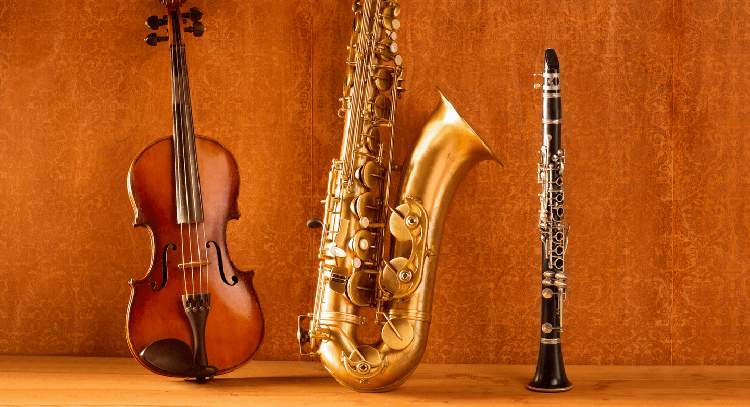
Flute
Turn your guitar tone knob all the way down to its darkest tone setting and play above the 12th fret on the D, G, B and high E strings. With the tone knob at this setting, you can sustain nearer the HotSpot. Single coil pickups might need a little help from your amplifier for this sound. Add mids or bass if necessary.
Cello
Add bass and cut mids on your amplifier. If you have a double-coil (humbucker) bass pickup, cross-string bow over the coil nearest the fretboard for a rich cello sound. Bowing strokes and spiccato are especially convincing on a slightly muffled low E string with the EBow tilted. Also, try tuning your guitar down a fifth.
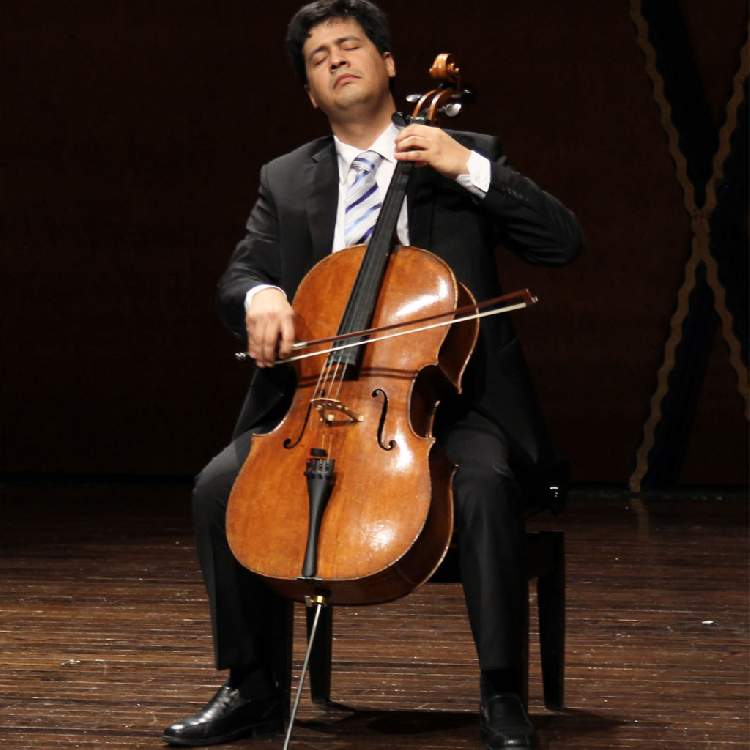
Horn
For a muted horn sound, leave your tone knob all the way down. Slightly muffle the string with your right palm behind the EBow. A little extra pressure on the EBow helps drive the muffled string. Press the EBow with each note you play. Stay over the HotSpot for the best response. Vibrato adds a vocal quality to the sound.
For a bright horn sound, turn your tone knob up to half or full. Hold a chord as you move the EBow from string to string. Lightly press-and-release the EBow over each string as you cross for a nice brass sound. Cross in a straight line over the HotSpot. Press-and-release a bar chord on the fretboard as you cross to enhance the effect. Minimal use of a volume pedal can also help this imitation.
Harmonica
Notes played above the 12th fret on the D, G and B strings sound the most reed-like. Glide the EBow to and from the pickup quickly, in a small sawing motion. The idea is to mimic a harmonica's vibrato. The EBow should be about 1/4 inch away from the HotSpot at its closest approach. A little extra pressure helps drive the strings when playing in the higher reaches of the fretboard. Use a phase shifter set on a light, slow phase to enhance the harmonica imitation.

Energy Slide
Be sure to begin with the EBow away from the pickup. This can get loud! Using distortion helps maintain an even volume over and between the pickups.
This effect uses the EBow like a slide above the fretboard. It works best on the E and A strings. Position the EBow slightly back from the pickup over the open low E string. With the E string vibrating, slowly glide the EBow toward the pickup as you gently press the front end of the DriveChannel against the E string. Now the string is vibrating between the LED end of the DriveChannel and the bridge, so the frets don't affect pitch. The resulting high-pitched screaming note can be slid around by gliding the EBow to and from the pickup, which, of course, also changes the volume. Bend and vibrato the low E string in tandem with the energy slide for a wild amplifier feedback effect.
Distortion Pick
Using lots of distortion with the EBow sounds more like a regular pick attack. Notice that the volume doesn't change when you move the EBow to and from the pickup. You can sustain, play lightning-fast arpeggios, and use the Energy Slide directly over the HotSpot and still achieve an even volume. Expect a quicker high E string response as well. Also, the harmonic mode works great with distortion. When crossing strings, play directly over the HotSpot to minimize the sound of the EBow rubbing across the strings. Remember to keep the EBow off the strings and away from the pickup when not playing.
Other Grips
The illustration demonstrates the Pick and Bow grip.
This and other grips are described on the pages that follow.
Reverse Grip
Turn on your treble pickup. All other pickups should be off.
The reverse grip allows you to play over a single coil pickup located close to the bridge, and over either coil of a humbucker. Cross-string bowing over the treble pickup sounds like bowing next to the bridge on a fiddle. The EBow will not sustain the string if brought too close to the bridge.
Basic Grip Over Treble Pickup
You can also use the basic grip to play over the front coil of a humbucker in the treble position. This gives you a reverse playing area (the switch end approaches the pickup) which opens the door to new tones and textures. Different harmonics are produced and can be much brighter and very pronounced. As you move closer to the bridge, the strings become harder to drive. This gives the EBow a nice envelope (slower attack time).
Thumb Grip
Return to using your bass pickup.
Grip the EBow with your thumb and forefinger to free your other fingers for plucking. With your thumb in the crook of the EBow, position your ring finger behind the EBow and pluck the string in the DriveChannel. For a bluesy guitar sound, hold the EBow slightly above the strings and about 1/4 inch from the HotSpot. Pluck the string, then bring the EBow close enough to sustain the string but not overdrive it. This creates a warm tube-amp distortion. Try this using the harmonic mode, nearer the HotSpot, and bring the EBow close to the string for a dramatic wah effect. Bends and vibratos work well with this technique.
EBow the low E or A string while plucking the G, B and high E strings. If necessary, back away from the pickup and tilt the EBow away from the string to balance the volume between bowed and plucked strings.
Finger Grip & Plucking
Grip the EBow with your little fingers to free your thumb and forefinger for plucking or holding a pick.
Hold the EBow as illustrated. Position the EBow over the B string away from the HotSpot, and use your thumb to play the E, A and D strings.
Finger Grip & Picking
When using a pick, hold the EBow off the strings and then swing it into position for sustain. Or, you can keep the EBow in position over the pickup while picking the string in the DriveChannel.
These picking and plucking techniques also work well with more than one pickup on.
Hear it:
Picking
Review
• Most techniques use the bass pickup only. All other pickups should be off.
• Avoid touching the DriveChannel to the string.
• Hammer-on and snap-off with the left hand for a quick EBow response.
• Press the EBow against the SupportStrings for extra drive.
• Slap the EBow into position for a percussive attack.
• Play directly over the HotSpot when cross-string bowing.
• Glide to and from the pickup with each note for a bowing effect in the normal mode and a bowing/wah effect in the harmonic mode.
• Finger notes low on the fretboard to increase harmonics.
• Use lots of distortion for a pick-like attack.
• Turn off distortion to retain dynamic control.
• Switch to the harmonic mode to extend the sustain range and unleash raging harmonics.
• Listen to the play-along lesson for more EBow techniques and applications.
• The EBow is a whole new approach to guitar sound modification: a movable drive field which acts directly on the guitar string, Direct String Synthesis. The concept is simple, the possibilities unlimited. Take the time to develop the basic techniques and you'll be amazed at the sounds you coax from your guitar.
Frequently Asked Questions
The following short list of FAQs appears in the Player's Guide. A more complete list can be found in the FAQ section of the site.
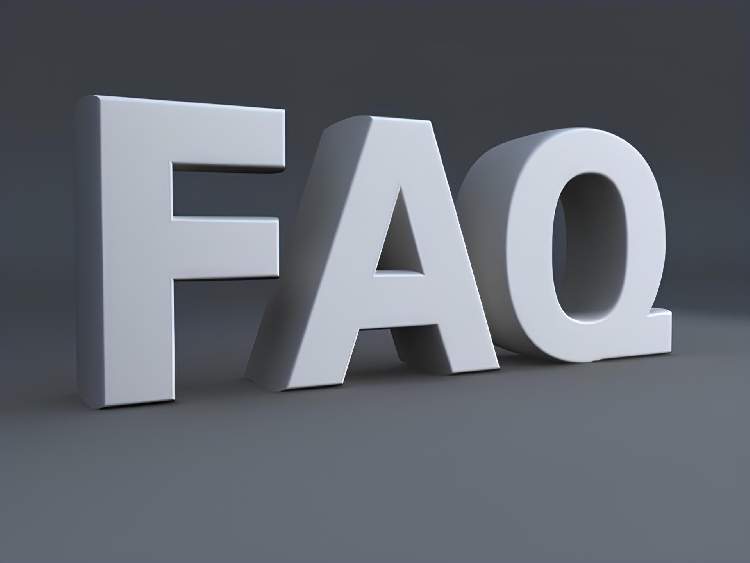
Pickups and the EBow
A passive humbucker gives you the largest playing area and helps tame the extra treble of the EBow. A humbucker also provides two HotSpots for different tones. A single coil pickup has a slightly smaller playing area and a thinner tone. It may require rolling off some highs. The same can be true of active pickups which also might sound better with their volumes lowered to about half.
With two or more pickups on, the tone changes and the volume of the EBow sound is reduced, bringing it closer to that of your picking volume. Also, you can play over one pickup and then the other for two different sounds. For the least noise when crossing strings, play over the HotSpot with just one pickup on.

Using the EBow on Acoustic
If you have a magnetic pickup in the sound hole, the EBow should respond as it would on a solid body electric, though the strings tend to decay more quickly and activate more slowly. Acoustics with bridge transducers, piezo pickups or microphones will be much quieter and, of course, there is no HotSpot, which is necessary for bowing strokes and spiccato. However, you can get a very clean, natural sounding, string tone. When moving from string-to-string on an acoustic without a magnetic pickup in the sound hole, you should mute the SupportStrings to reduce the noise of the EBow on the strings.
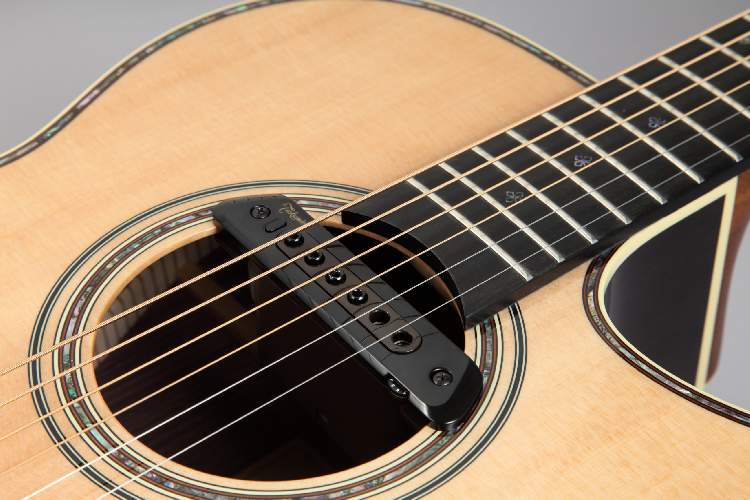
Using the EBow on Bass
The EBow was designed for guitar string spacing. It gets its necessary alignment by resting on the strings adjacent to the one you're playing. To play the EBow on bass, you must accomplish this critical alignment in challenging ways. You can use your thumb and forefinger off the edges of the EBow to simulate wider spaced GuideGrooves that rest on the adjacent strings. You can also tilt the EBow keeping just one adjacent string engaged for alignment. Let the engaged string slide up the side of the EBow to bring the DriveChannel closer to the driven string. You can rest one edge of the tilted EBow on the fretboard between the strings and rock the DriveChannel into position over the string you are playing. Or, you can just hold the EBow in the proper position through sheer will and determination. Light gauge strings and a touch of distortion can prove useful, especially in the harmonic mode.
Adhan - Michael Manring
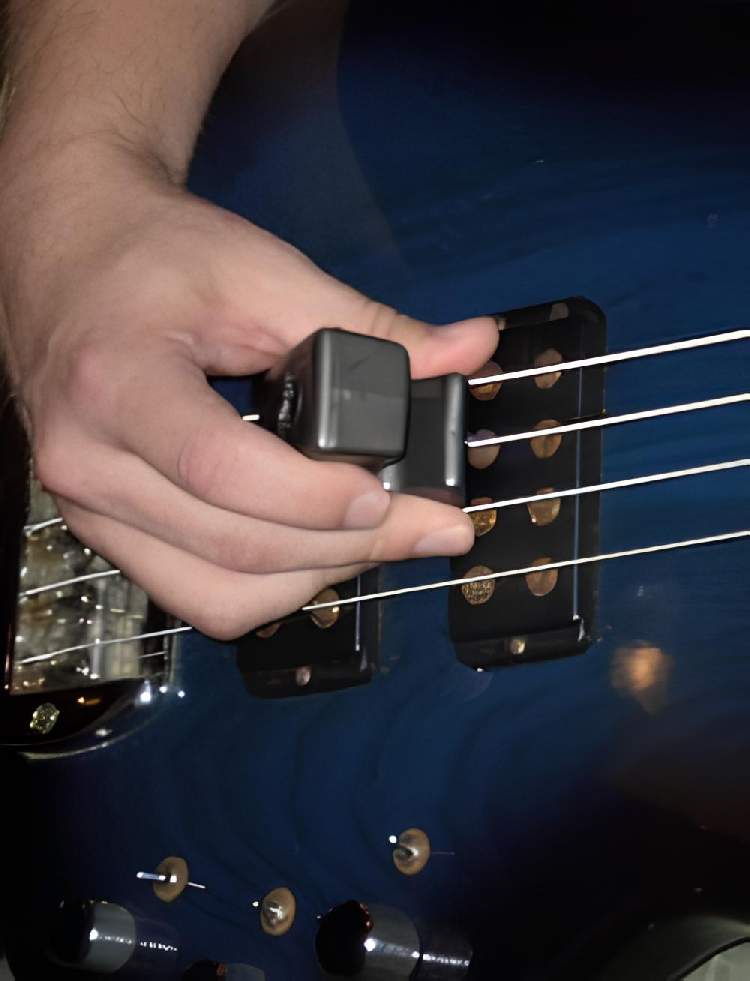
Where to stash the EBow
Solutions to this range from pockets to velcro. A bit of velcro on the EBow and on your guitar or strap or mic stand should hold the EBow securely when not in use. Another solution is to mount a pouch or small table on the mic stand.
You can 3D print your own EBow clip. See DIY section
Since you can do fast runs with percussive attacks and arpeggiate chords with the EBow, you might consider using the EBow for the entire song.
Past EBow Models
The EBow was conceived in the late '60s and introduced in 1976. The first model was chrome plated plastic and turned on and off automatically. The second model was black with a red logo. It had increased drive and an on/off switch. The third model was black with a white logo. It had an improved sensitivity for faster string activation. This fourth model is called the PlusEBow. It features the new harmonic mode and a cool blue LED.
The current model (#5), which we've nicknamed the PlusEBow Fire, has a crimson ring on the lid. Like the previous model, it has two modes of play but has improved sensitivity making arpeggios and rapid string activation easier. It now keeps the fundamental in the mix when in the harmonic mode.
